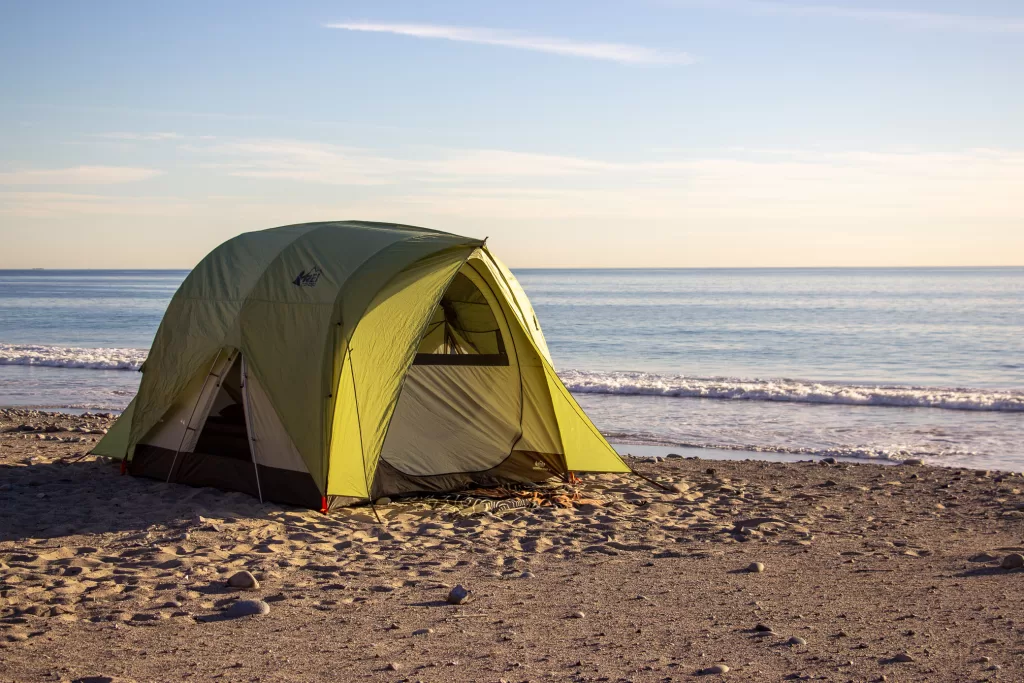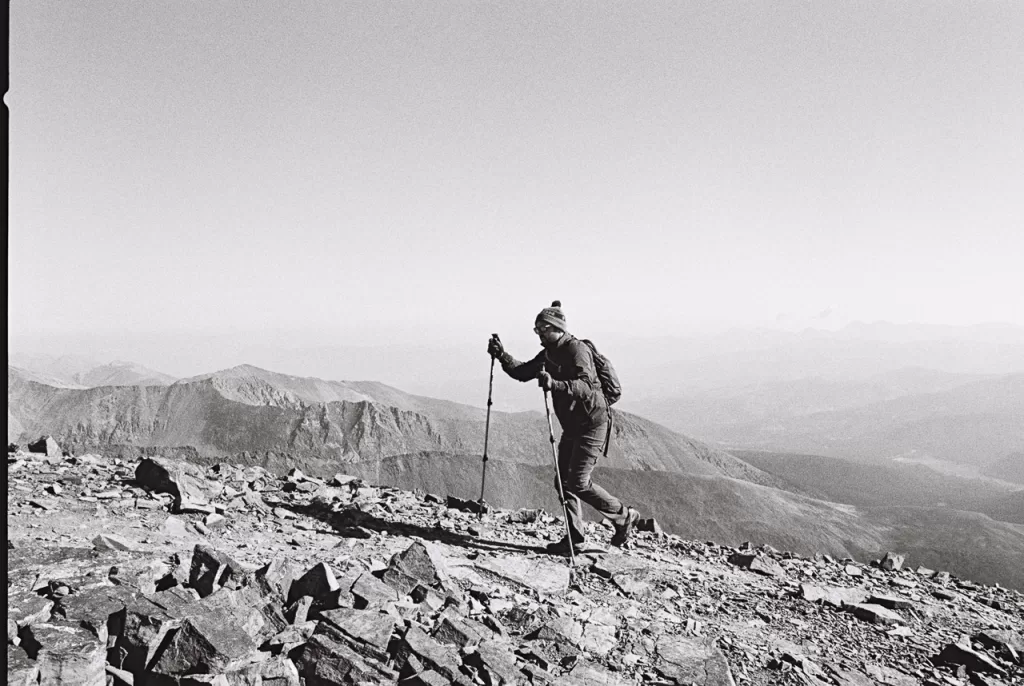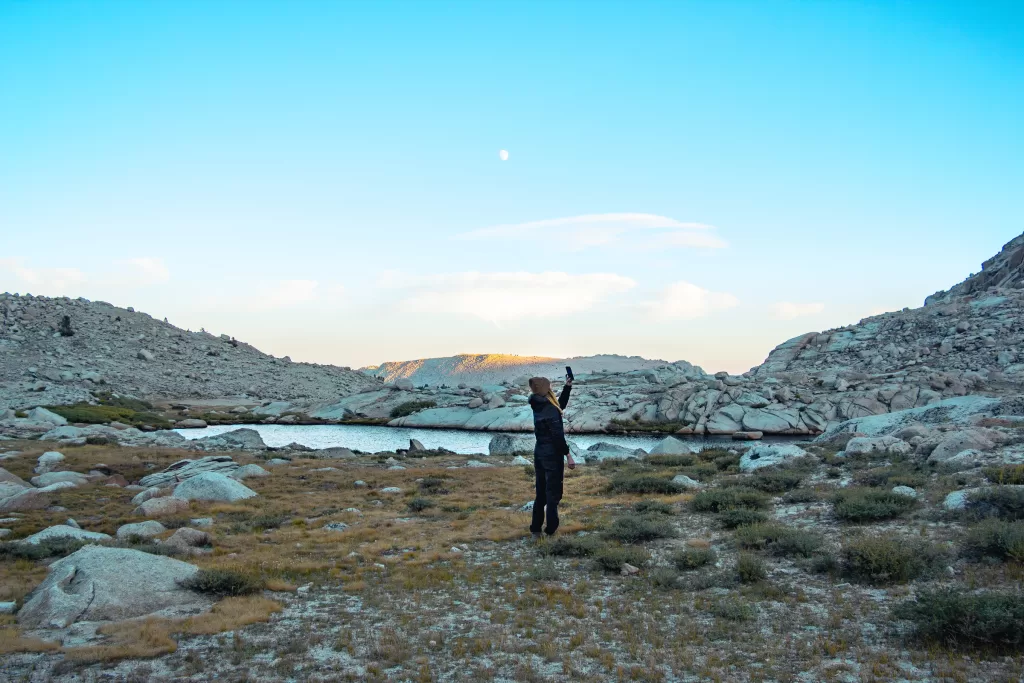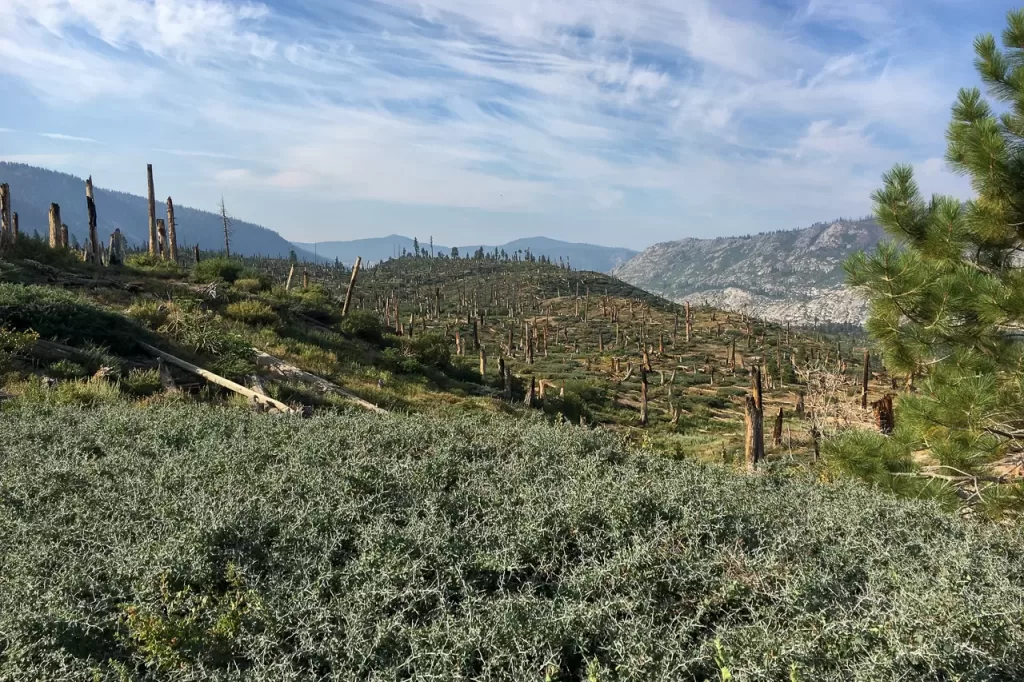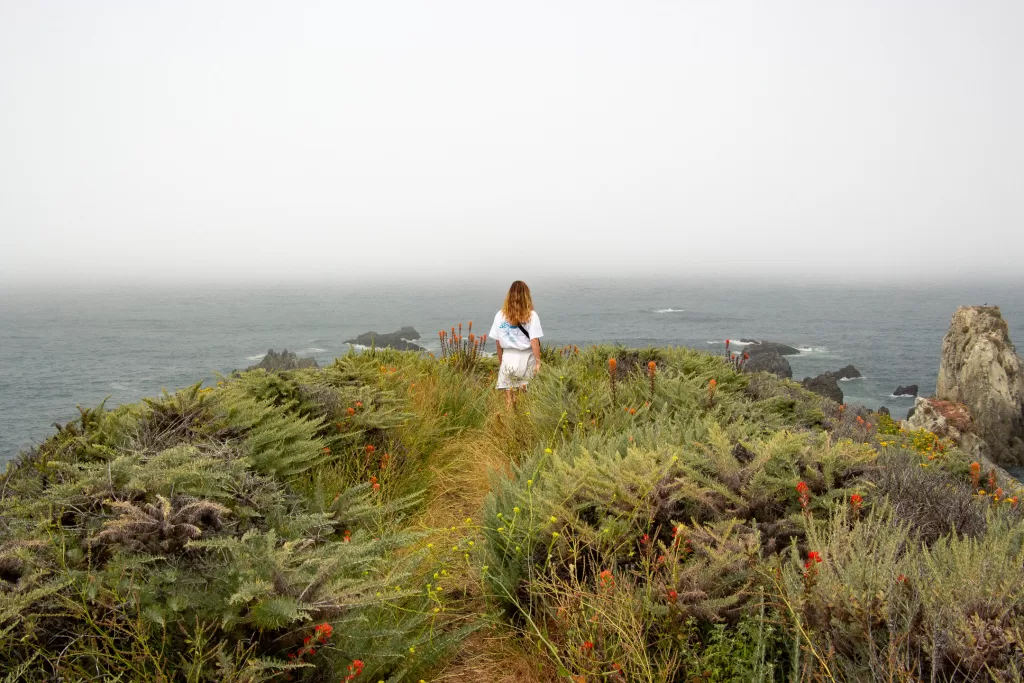Camping is one of my favorite ways to relax, reset, and experience the outdoors. Whether you’re headed on a long road trip or visiting a local state park, a little prep can go a long way to make the experience easier and a lot more fun. From picking a campsite to packing your bags, here’s how to plan a camping trip that’s smooth, stress-free, and full of good times outside.
Choose your Destination
Before embarking on a camping trip, you’ll first need to choose a destination. There are several important factors to pay attention to.
The first is to try and choose season-appropriate places to visit. For example, you shouldn’t plan a desert camping trip in the summer, as temperatures can reach triple digits. Instead, opt for a coastal or mountainous destination. Also, as you get closer to your camping date, follow the weather forecast. I like to use weather.gov, as it’s the most accurate website I’ve found, especially for more remote places. That way, you can know what to expect and pack accordingly.
You will also want to read up on road conditions. While most campsites are reachable via a standard two-wheel drive car, more remote locations may require a high-clearance All Wheel Drive vehicle to reach.
Finally, take a little time to research the area around your campsite. It’s helpful to know where the nearest restaurants, shops, grocery stores, and hospitals are—just in case. Whether you forget your toothbrush or run into an emergency, it’s good to have a sense of where to go.
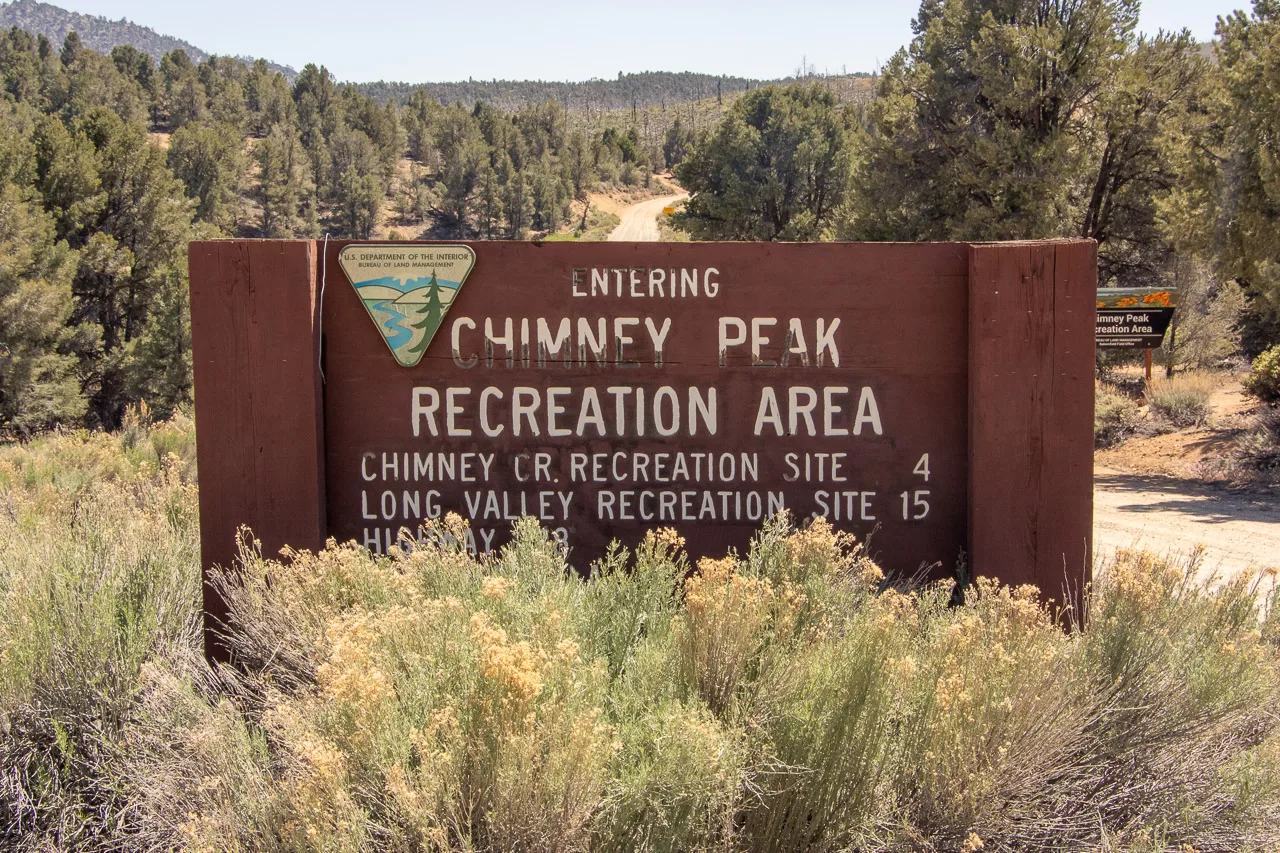
Finding a Campground
After settling on a destination, you’ll want to choose a campground that best suits your needs. Most campgrounds can be divided into two categories—reservable and first-come, first-served.
As the name suggests, reservable sites are ones that you can book in advance. Most federally managed campground reservations are found on recreation.gov. Note that campgrounds at popular sites like Yosemite National Park can get booked up as far out as six months out. Otherwise, sites like Hipcamp offer private campgrounds that you can book ahead of time.
Some sites are first-come, first-served, and occupied in the order that visitors physically claim them. These are good options to pursue if you’re flexible or if no more reservable sites are available. To increase your chances of getting a first-come, first-served campsite, try to avoid weekends and holidays, and visit during the shoulder or off-season.
Another factor to research is a campground’s amenities. Most bare-bones sites have at least a fire pit and picnic table, however, many also come with toilets and potable water. Fancier sites may also give you access to showers, flush toilets, and sinks. If you’re bringing an RV, check and see if hookups are available.
Finally, you’ll want to stay caught up on the latest regulations and restrictions. Where I live in Southern California, the threat of wildfires is very real. So, in the summers, fires are sometimes prohibited, even in established rings. Check the local land-management website or call a ranger for the most up-to-date information on what is and isn’t allowed.
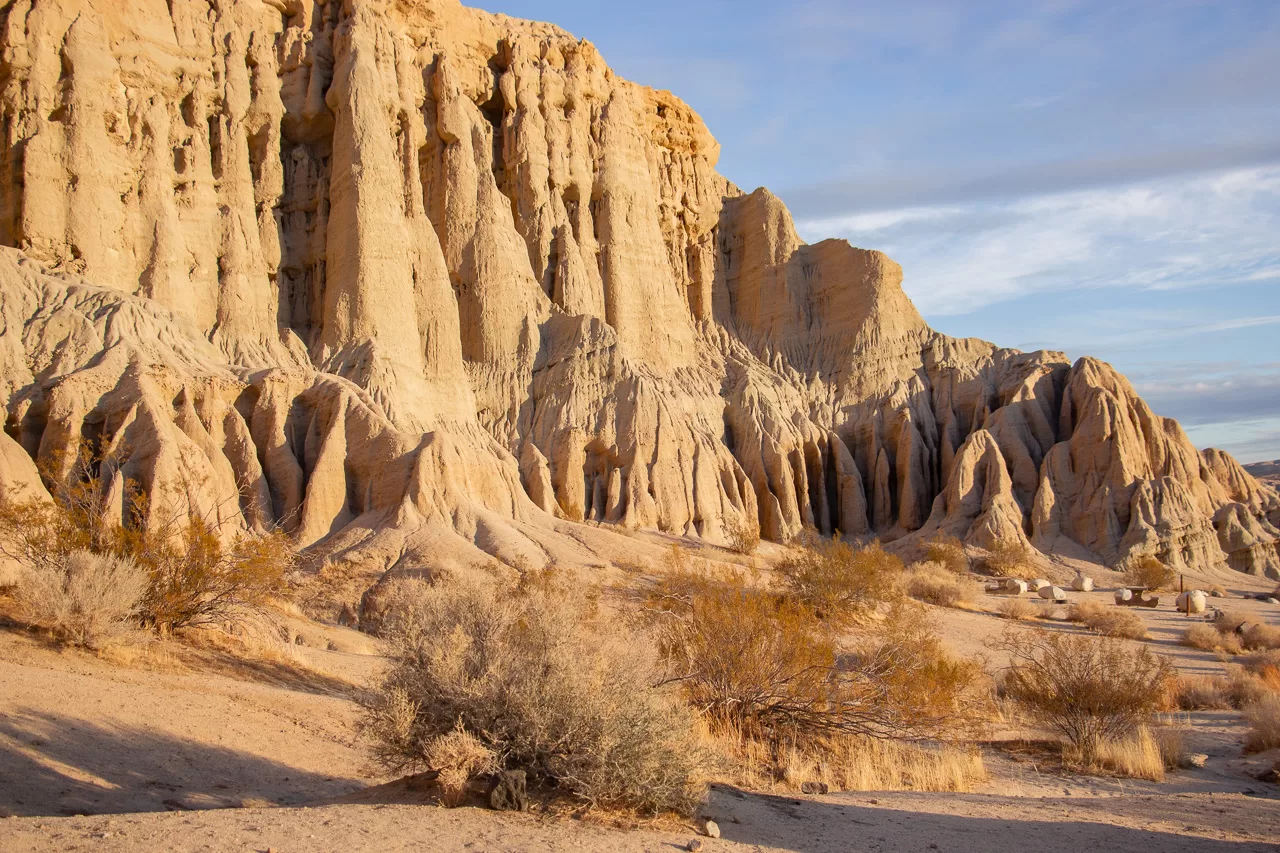
Pick an Activity
Many campsites are outside of cell service, so before heading out, you’ll want to see what activities are around and what places are close by to explore. If you’re into hiking or biking, research any nearby trails and viewpoints. For those looking to jump in the water, see if there are any lakes, rivers, or an ocean around. Or, you can choose to stay at your campsite with an instrument, journal, or a good book! There are endless possibilities if you prepare a little beforehand.
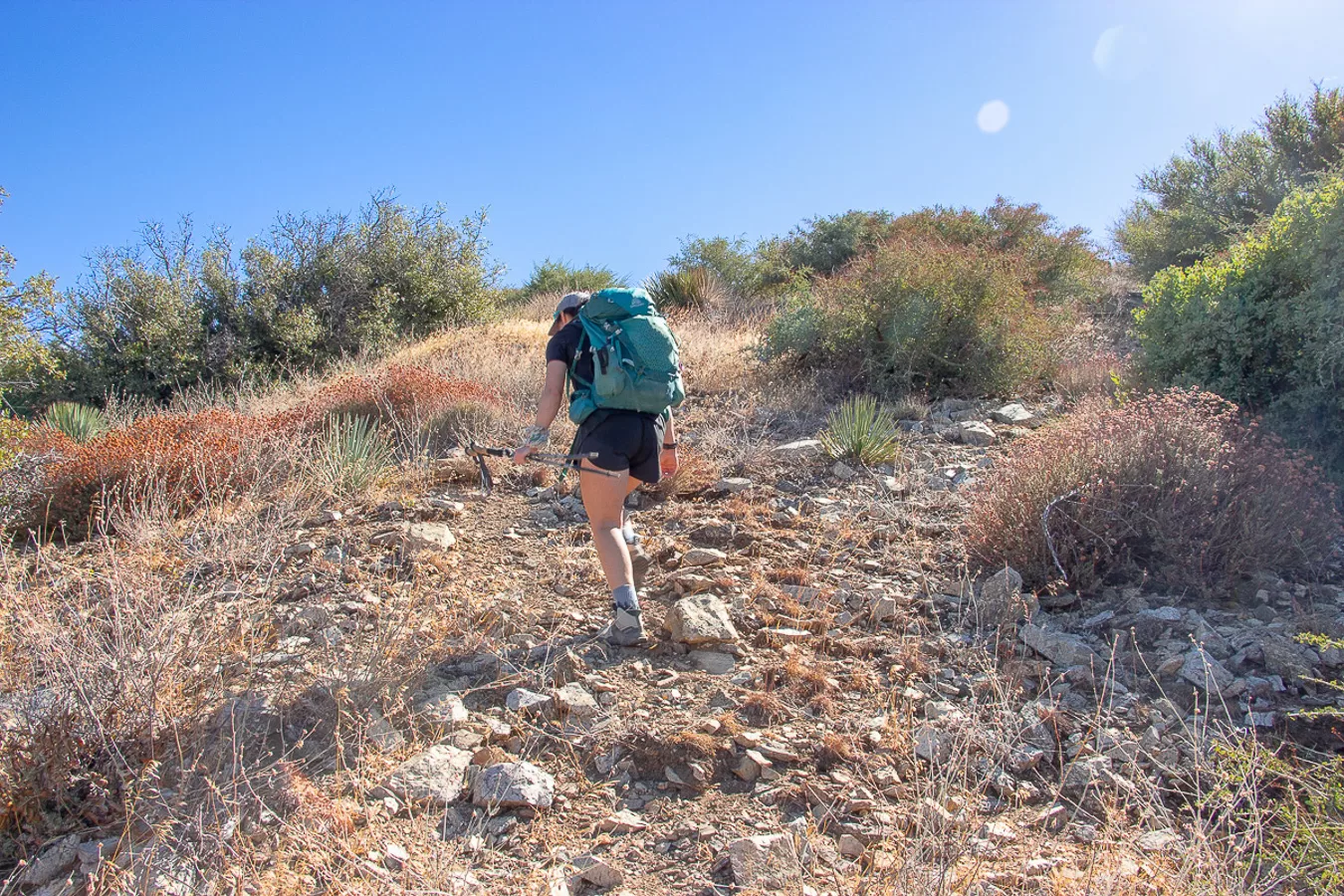
Prepare a Menu
The food is one of my favorite parts of camping! Whether you’re an outdoor chef or happy with the basics, you’ll want to plan a menu before heading out on your camping trip so you can have a delicious meal.
When choosing what to make, it’s important to remember that perishable food is difficult to keep fresh. Even if you have a cooler, space is limited, so you’ll want to be mindful of any ingredients that need to stay cold. Also, if you have time, try to do as much ingredient prep at home. It’s easier to chop up and measure out ingredients in a kitchen than on a picnic table.
Finally, you’ll want to properly store your food before bed or when leaving the campsite. If you’re in bear country, most campgrounds will come with bear boxes to keep any smellable items in. Otherwise, it’s best to store your food in your car to protect it from the elements and any curious critters. Still, be sure to double-check with local regulations on food best practices.
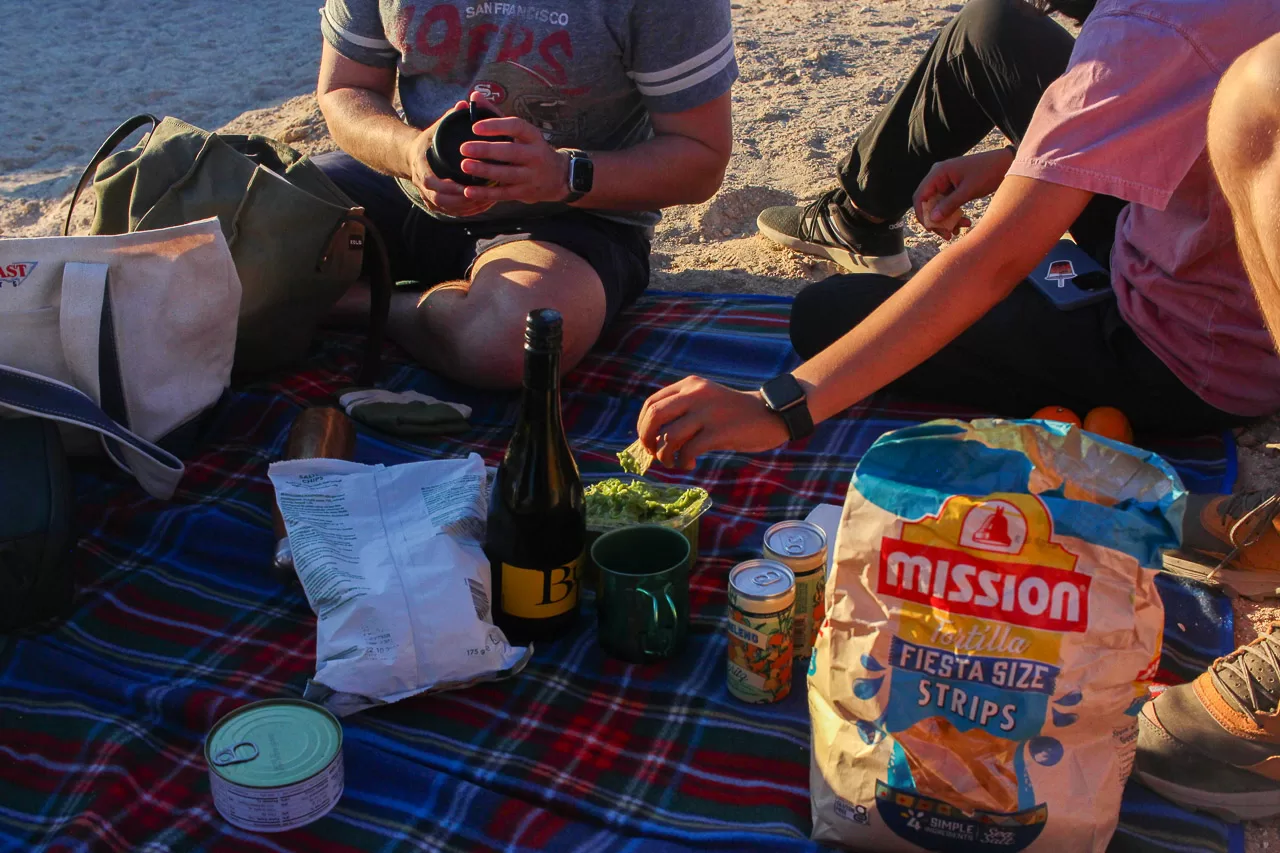
Organize Your Gear
When planning a camping trip, one of the best ways to streamline the process is to keep your gear organized. I like to group everything by function so that packing, setting up, and tearing down camp is as smooth as possible.
I always start with my camping setup: tent, sleeping bag, sleeping pad, and pillow. These are the basics that make sleeping outside comfortable. Next, I gather everything needed to cook and clean a meal. This includes things like my stove and fuel, cookware, utensils, dishes, cutlery, soap, and a sponge. I usually bring a basin or small tub for washing dishes, too.
Clothing is also its own category, and I’ll talk more about that in the next section. I also set aside a small bag for hygiene and health—my toothbrush, sunscreen, hand sanitizer, soap, lip balm, and a first-aid kit all live there. Then there are other helpful camp items—a headlamp, fire starters, a camp chair, a journal, and maybe a book or camera, depending on the trip. Personal items like my wallet, ID, and credit cards get packed last so I don’t forget them.
To keep it all together, I use a big yellow-and-black tub like this one. It makes everything easy to transport and keeps things organized when out camping.
Of course, I always double-check that I’ve packed the 10 essentials. Even on casual trips, they help me feel better prepared. You can read about the 10 essentials below!
Pack Appropriate Clothing
Bringing the right clothes is essential for a successful trip. But before you start packing, check the weather so you know what temperatures to expect and whether you’ll be dealing with rain, wind, or anything else.
I usually divide my garments into two types: activity-oriented clothes and camp clothes. For activewear, I avoid cotton and instead go with synthetic materials or wool—they’re better at wicking moisture and keeping you comfortable. In terms of campwear, I focus more on comfort. I’ll usually pack warm, soft clothes for evenings by the fire, plus a pair of cozy shoes or sandals to give my feet a break. And no matter what, I bring plenty of socks and underwear, just in case.

Head Out on Your Adventure!
Once you’ve prepped your gear, planned your meals, and packed your bags, all that’s left to do is hit the road. Look for fun stops along the way, leave room for a little spontaneity, and don’t forget to enjoy yourself once you’re out there.
Camping doesn’t have to be complicated. With a bit of preparation, it can be one of the easiest and most rewarding ways to spend time outside.
I hope that you feel ready and excited to plan a camping trip! If you’re looking for extra help, please reach out! We at GoForth are here to make your adventure happen, and we’d love to give you back hours in your day and curate an unforgettable trip. Click on the button below to learn more about our offerings, and contact us if you’re ready to take the first step toward a life outdoors!

